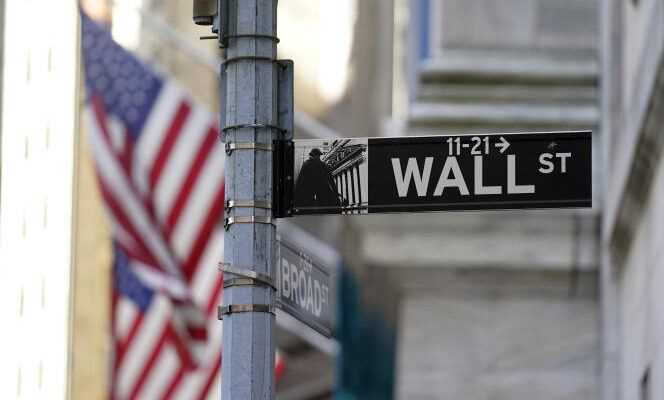Chronic. The debate on the risk of a return of inflation is very lively today. Some economists fear that massive demand stimulation policies will lead to a return of inflation, higher interest rates and a relapse of the economy; other economists believe that the surge in inflation is only transitory, and that the mechanisms that have driven inflation out since the early 1980s in OECD countries are still present. This debate reveals a problem: we no longer have a clear economic theory of inflation, whether short term or long term.
Traditional macroeconomics offered a clear theory, but today it no longer conforms to observed facts. According to this traditional approach, inflation can result from rising commodity prices (in the broad sense: energy, food commodities, metals, semiconductors, maritime transport, etc.). This is of course always the case mechanically, but economic theory was interested in core inflation, excluding the effect of commodity prices.
The Phillips curve
According to this theory, short-term inflation comes from what is called the “Phillips curve”, named after New Zealand economist Alban William Phillips (1914-1975), who formulated it in 1958: an increase in demand that lowers the unemployment rate is inflationary, because the fall in the unemployment rate strengthens the bargaining power of employees in the labor market. In the long term, inflation is, on the other hand, a monetary phenomenon: there is a stable long-term relationship between the money supply and income in terms of value, which is the determinant of the demand for money; a faster increase in the money supply also leads to a more rapid increase in prices.
In this traditional theory, an expansionary monetary policy lowers real interest rates and supports short-term demand; but in the long run, it has no effect on the real economy and only leads to higher inflation. In the long term, real interest rates no longer depend, according to this theory, on monetary policy, but make it possible to balance the supply and demand of goods and services through savings and investment.
This traditional theory (known as “monetary neutrality”) plays a very important political role. It explains, for example, the choice to give central banks their independence: since monetary policy has a long-term effect only on inflation, it is possible that the central bank conducts this independently of other policies. economic if its mission is to control inflation. In the short term, economic policies arbitrate between inflation and unemployment, following the Phillips curve. If governments want a lower unemployment rate, they have to accept more inflation.
You have 48.92% of this article to read. The rest is for subscribers only.
